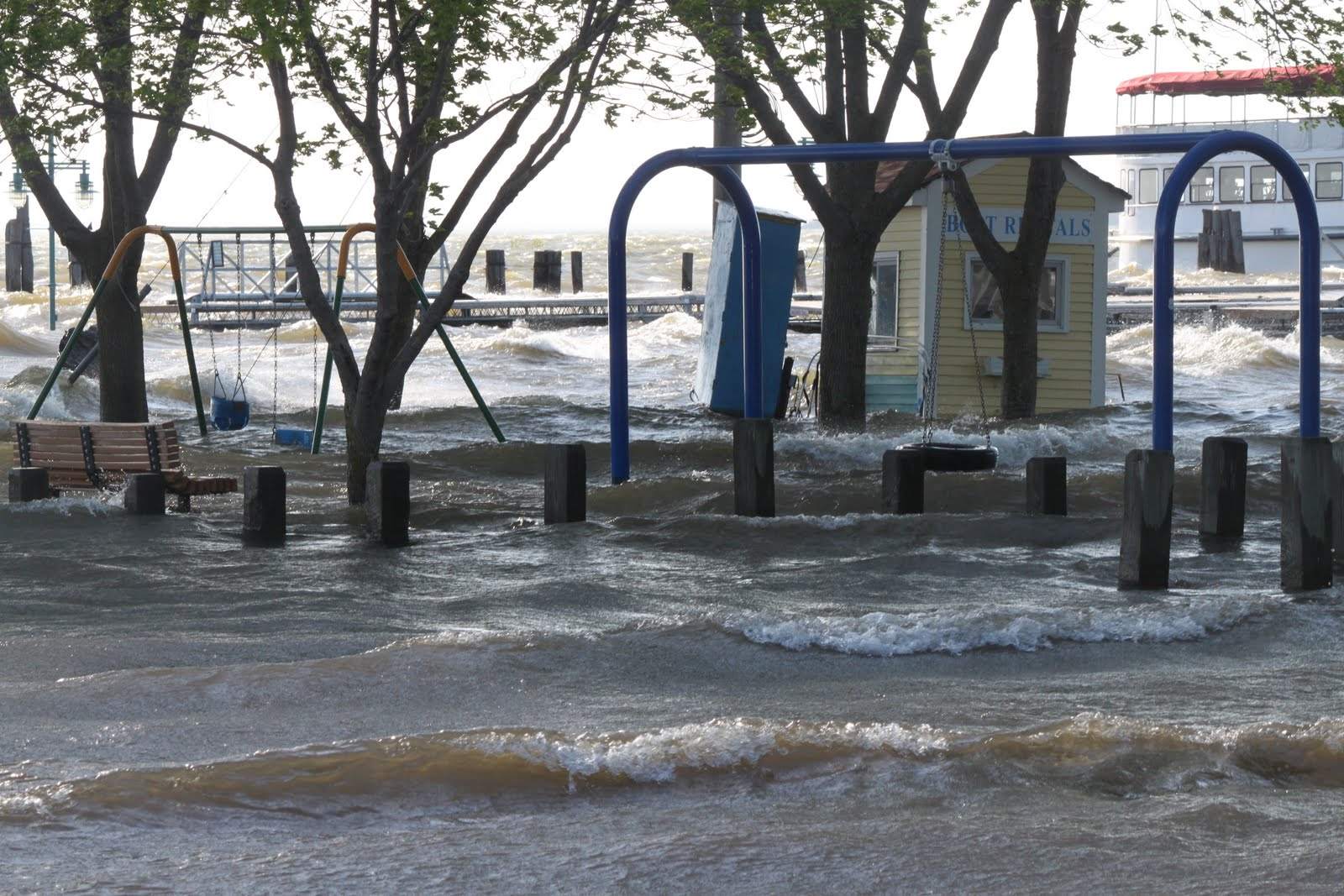
Burlington, Vermont, is known for its stunning landscapes and vibrant seasons. But what makes its weather patterns so unique? Burlington weather can be quite the rollercoaster, offering everything from snowy winters to warm, sunny summers. Did you know that Burlington experiences an average of 81 inches of snow each year? That's more than double the national average! Summers, on the other hand, bring pleasant temperatures, often hovering around 80°F. Spring and fall are equally charming, with colorful foliage and mild weather. Whether you're a fan of winter sports or summer hikes, Burlington's climate has something for everyone. Let's dive into 30 fascinating facts about Burlington's weather patterns!
Burlington's Unique Climate
Burlington, Vermont, has a fascinating climate that keeps residents and visitors on their toes. From snowy winters to warm summers, the weather patterns here are anything but boring. Let's dive into some intriguing facts about Burlington's weather.
- Burlington experiences four distinct seasons, each bringing its own charm and challenges.
- The city is located on the eastern shore of Lake Champlain, which significantly influences its weather patterns.
- Burlington's climate is classified as humid continental, characterized by large seasonal temperature differences.
- Winter temperatures can plummet to an average low of 10°F (-12°C) in January.
- Summers are relatively mild, with average highs around 80°F (27°C) in July.
- Burlington receives an average of 81 inches of snow annually, making it a winter wonderland.
- The city enjoys about 155 sunny days per year, providing ample opportunity for outdoor activities.
Winter Wonderland
Winter in Burlington is a season of snow, ice, and chilly temperatures. It's a time when the city transforms into a picturesque snowy landscape.
- The first snowfall typically occurs in late October or early November.
- Burlington's record for the most snowfall in a single season is 145.4 inches, set in the winter of 1970-71.
- Lake Champlain often freezes over during the winter, creating a natural ice rink for skating enthusiasts.
- The coldest temperature ever recorded in Burlington was -30°F (-34°C) on January 15, 1957.
- Snowstorms can sometimes bring over a foot of snow in a single day, causing school closures and traffic disruptions.
- Despite the cold, winter is a popular time for outdoor activities like skiing, snowboarding, and ice fishing.
Spring Awakening
Spring in Burlington is a season of renewal and change. As the snow melts, the city comes alive with blooming flowers and budding trees.
- Spring temperatures can be quite variable, with highs ranging from 40°F (4°C) in March to 70°F (21°C) in May.
- Burlington experiences an average of 35 inches of rainfall annually, much of which falls during the spring months.
- The city's famous cherry blossoms typically bloom in late April or early May.
- Spring is also the season for maple sugaring, a traditional Vermont activity where sap is collected from maple trees to make syrup.
- The last frost usually occurs in late May, marking the official end of the winter season.
Summer Fun
Summer in Burlington is a time for outdoor adventures and enjoying the natural beauty of the area. The warm weather and long days make it perfect for exploring.
- The average summer temperature is around 70°F (21°C), with occasional heatwaves pushing temperatures into the 90s (32°C).
- Burlington's location near Lake Champlain provides plenty of opportunities for swimming, boating, and fishing.
- The city hosts several summer festivals, including the Burlington Discover Jazz Festival and the Vermont Brewers Festival.
- Thunderstorms are common in the summer, often bringing heavy rain and lightning.
- The longest day of the year, the summer solstice, provides over 15 hours of daylight in Burlington.
- Humidity levels can be high in the summer, making it feel warmer than the actual temperature.
Fall Foliage
Fall in Burlington is a breathtaking season, with vibrant colors and crisp, cool air. It's a favorite time of year for many residents and visitors.
- The fall foliage season typically begins in late September and peaks in mid-October.
- Burlington's surrounding hills and mountains provide stunning views of the changing leaves.
- The average fall temperature ranges from 60°F (16°C) in September to 40°F (4°C) in November.
- Fall is also harvest season, with local farms offering fresh apples, pumpkins, and other produce.
- The first frost of the season usually occurs in early October, signaling the approach of winter.
- Fall is a popular time for hiking, with many trails offering scenic views of the colorful landscape.
Burlington's Weather Wonders
Burlington's weather is a fascinating mix of extremes and surprises. From snowy winters that blanket the city in white to warm summers perfect for outdoor activities, Burlington's climate keeps residents and visitors on their toes. The Lake Champlain effect plays a huge role in moderating temperatures, making winters slightly milder and summers a bit cooler compared to other places at the same latitude.
Spring and fall bring their own charm with vibrant foliage and blooming flowers, making Burlington a year-round destination for nature lovers. The city's weather patterns also highlight the importance of being prepared for sudden changes, as conditions can shift rapidly.
Understanding Burlington's weather helps residents plan better and appreciate the unique climate that defines this beautiful city. Whether you're a local or just visiting, knowing these facts can enhance your experience and keep you ready for whatever Mother Nature throws your way.
Was this page helpful?
Our commitment to delivering trustworthy and engaging content is at the heart of what we do. Each fact on our site is contributed by real users like you, bringing a wealth of diverse insights and information. To ensure the highest standards of accuracy and reliability, our dedicated editors meticulously review each submission. This process guarantees that the facts we share are not only fascinating but also credible. Trust in our commitment to quality and authenticity as you explore and learn with us.
